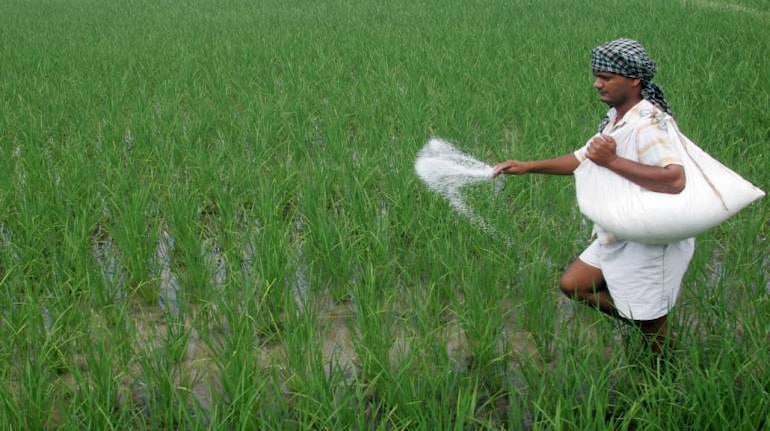Context:
Experts are exploring alternatives such as nano DAP, to tackle supply problems, as Punjab requires approximately 550,000 tonnes of Di-Ammonium Phosphate (DAP) annually.
DAP (Di-ammonium Phosphate)
- A commonly used fertilizer in India, second only to urea.
- High in phosphorus, which helps with root development and overall plant growth.
- Applied before or during sowing.
Nano DAP
- Launched by IFFCO in liquid form, containing 8% Nitrogen and 16% Phosphorus.
- Unlike granular DAP, Nano DAP is a liquid with particles smaller than 100 nanometers.
- The tiny particle size allows it to be absorbed more efficiently by plants through seeds and leaf openings.
- Promises better plant growth, increased chlorophyll, improved photosynthesis, and higher crop yields.
Why Move to Nano DAP?
- Cost-Effective: Nano DAP is cheaper than traditional granular DAP. A 500 ml bottle costs Rs 600, while a 50 kg bag of granular DAP costs Rs 1,350. This lower price helps reduce the government’s subsidy burden.
- Convenience: Nano DAP comes in liquid form, making it easier to transport, store, and apply. Unlike bulky 50 kg bags, 500 ml bottles are simpler to handle and can be sprayed directly on crops.
- Efficiency: Nano DAP is more efficient than granular DAP. It is absorbed more easily by plants, leading to potentially better crop yields.
- Reduces Import Dependence: India currently imports a large portion of its DAP. Nano DAP, produced domestically, will reduce the need for imports and help make India self-reliant in fertiliser production.
- Supports Domestic Production: The use of Nano DAP, manufactured in Gujarat, supports local industry and helps achieve self-sufficiency in fertilisers, benefiting both farmers and the economy.
Challenges of Nano DAP
- Reduced Crop Yields: Punjab Agricultural University (PAU) scientists found that nano DAP led to a significant decrease in wheat yields compared to granular DAP, resulting in shorter plant heights and sub-optimal results.
- Increased Nanoparticle Concentration: Prolonged use of nano DAP may lead to higher concentrations of nanoparticles in the soil and crops, with unknown environmental and health impacts.
- Health Risks: Excessive nano-sized particles can pose health risks. Ensuring safety for farmers and consumers is crucial when using nano DAP.
- Limited Coverage: While IFFCO produced 6 crore bottles of nano DAP, it can cover only a fraction of India’s 18 crore hectares of agricultural land, highlighting its current limitations in addressing widespread needs.
Conclusion
Nano DAP, while promising in terms of efficiency and cost-effectiveness, faces challenges in terms of crop yields and potential health risks. Its ability to address India’s fertilizer supply issues remains limited, requiring further research and development to ensure its long-term viability.

